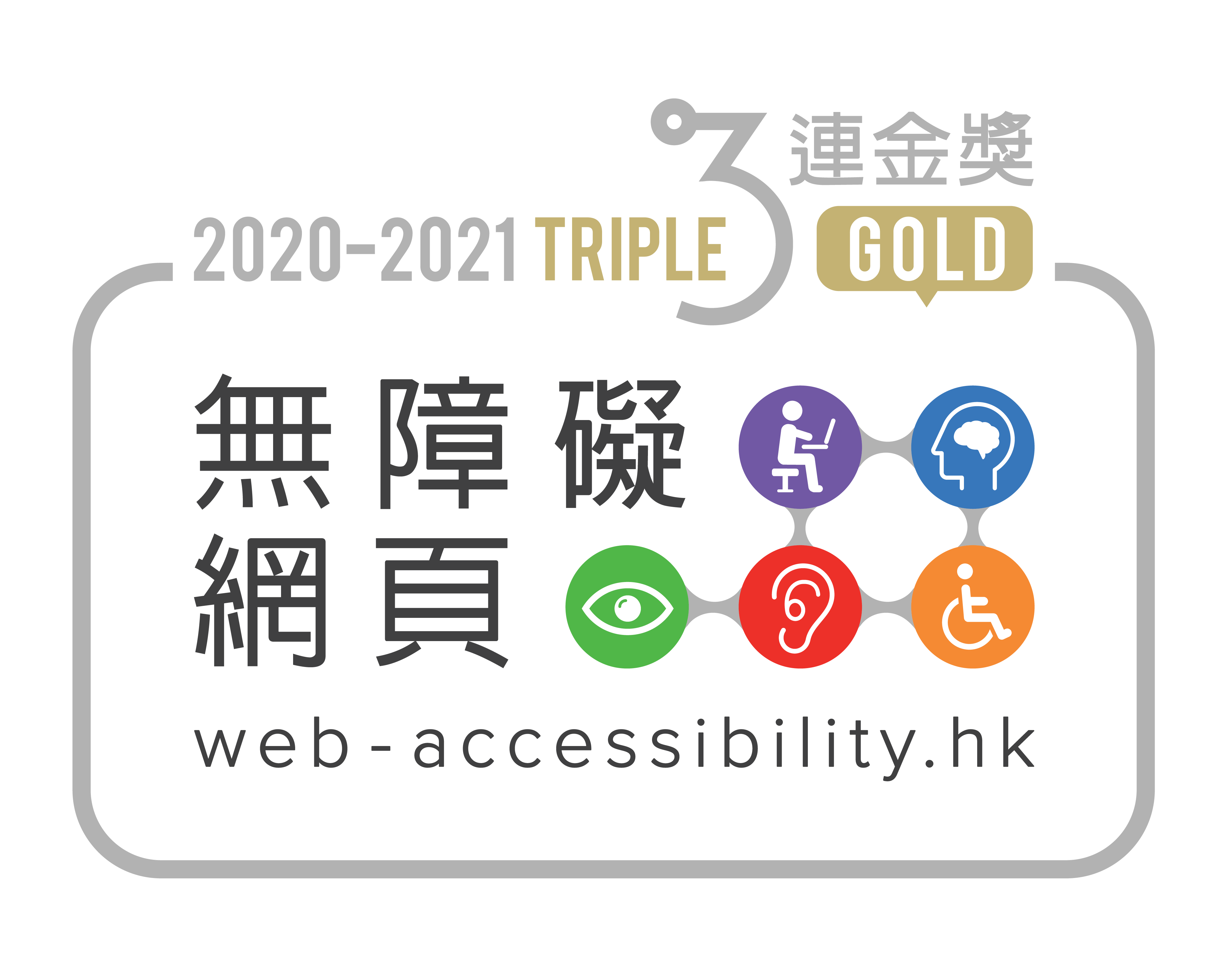CUHK
News Centre
Survey Findings on Views about COVID-19 Released by Hong Kong Institute of Asia-Pacific Studies at CUHK
A telephone survey was conducted from 20 to 27 May 2021 by the Hong Kong Institute of Asia-Pacific Studies, The Chinese University of Hong Kong, to gauge public views about COVID-19 and epidemic prevention. Half of the respondents believed that the more people who get vaccinated, the more quickly Hong Kong people may resume normal life.
Major findings are summarised as follows
The survey found that 50.2% of the respondents strongly agreed (17.8%) or agreed (32.4%) that the more people who get vaccinated, the more quickly Hong Kong people may resume normal life. Meanwhile, 37.4% strongly disagreed (11.5%) or disagreed (25.9%).
The respondents were asked to assess the effectiveness of three incentives to encourage people to get vaccinated. 67.9% of them strongly agreed (11.6%) or agreed (56.3%) that paid leave after each dose would be effective, but 27.0% strongly disagreed (5.5%) or disagreed (21.5%).
47.7% of the respondents strongly agreed (12.3%) or agreed (35.4%) that an exemption from quarantine when travelling within the Peal River Greater Bay Area could encourage people to get vaccinated, but 43.6% strongly disagreed (12.7%) or disagreed (30.9%).
37.1% of them strongly agreed (10.3%) or agreed (26.8%) that a cash prize could encourage people to get vaccinated and 57.6% strongly disagreed (13.2%) or disagreed (44.4%).
In terms of precautionary measures taken by individuals, 93.2% of the respondents believed that they adhered to precautionary measures very strictly (40.0%) or quite strictly (53.2%). Only 4.1% thought that they were not so strict (3.7%) or not strict at all (0.4%) in their adherence.
74.9% of the respondents believed that other people in the society adhered to precautionary measures very strictly (7.1%) or quite strictly (67.8%), while 16.5% thought that other people were not so strict (15.0%) or not strict at all (1.5%) in their adherence.
Questioned about the government’s role, 62.4% of the respondents strongly supported (21.5%) or supported (40.9%) the government being able to control the epidemic successfully, while 16.5% did not strongly support (4.6%) or did not support (11.9%).
Regarding the government’s performance in controlling the epidemic, 57.7% of the respondents considered it not so good (31.0%) or not good at all (26.7), and 33.8% thought it was quite good (30.7%) or very good (3.1%). Statistical analysis (Chi-squared test) found that the differences between May 2021 and May 2020 were statistically significant. The figures of “quite good” increased by 5.0 percentage points, while that of “very good” decreased by 3.3 percentage points.
The survey also found that the respondents were generally unworried about being infected with COVID-19. 50.6% of the respondents were not worried at all. 37.9% said that they were somewhat worried. Only 7.2% and 2.7 % were quite worried and very worried. A statistical analysis (Chi-squared test) found that there is no significant difference in percentage distribution of two surveys in May and April 2021.
On economic aspects, 57.5% of the respondents were worried (42.3%) or very worried (15.2%) about the prospect for their household income in the forthcoming year under the epidemic situation, while 35.7% were not worried (31.3%) or not worried at all (4.4%). A statistical analysis (Chi-squared test) showed that the percentage distributions of the present survey were significantly different from that of last month’s survey. The figure of “very worried” increased by 6.2 percentage points from the April 2021 survey (9.0%).
Lastly, 38.8% of the respondents believed the current countermeasures by the government should remain the same. 36.5% would like them to be tightened. 16.6% endorsed a relaxation of the current countermeasures. A statistical analysis (Chi-squared test) found no significant difference in percentage distribution of the two surveys in May and April 2021.
The survey employed a dual-frame sampling design that included both landline and mobile phone numbers. A total of 705 respondents aged 18 or above (landline: 347; mobile: 358) were successfully interviewed, with response rates of 29.1% (landline) and 30.1% (mobile). The sampling error is estimated at plus or minus 3.69 percentage points at the 95% confidence level.[1]
[1] Weighting of survey data was based on the probability of the respondents being selected via dual-frame sampling design and relevant age-sex distribution of the population published by the Census and Statistics Department.
